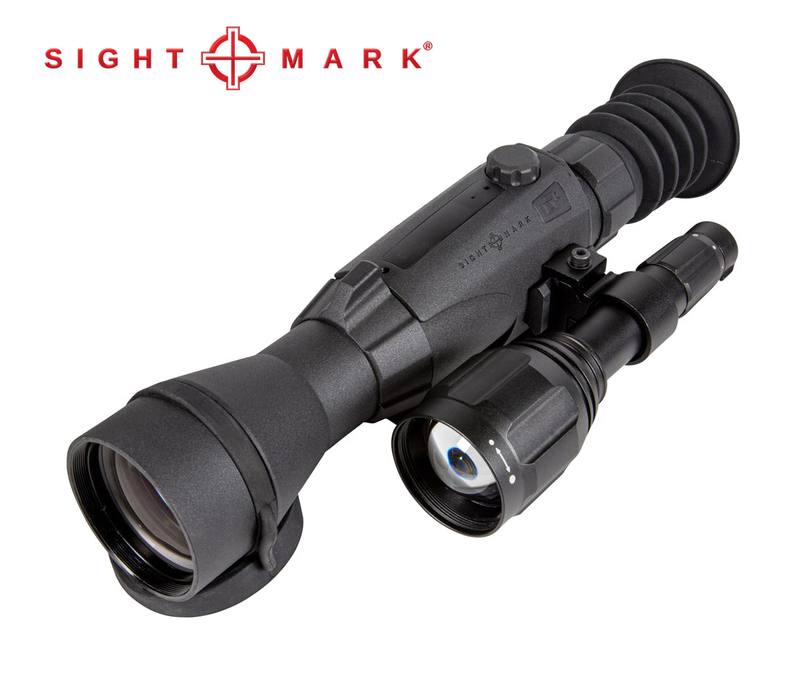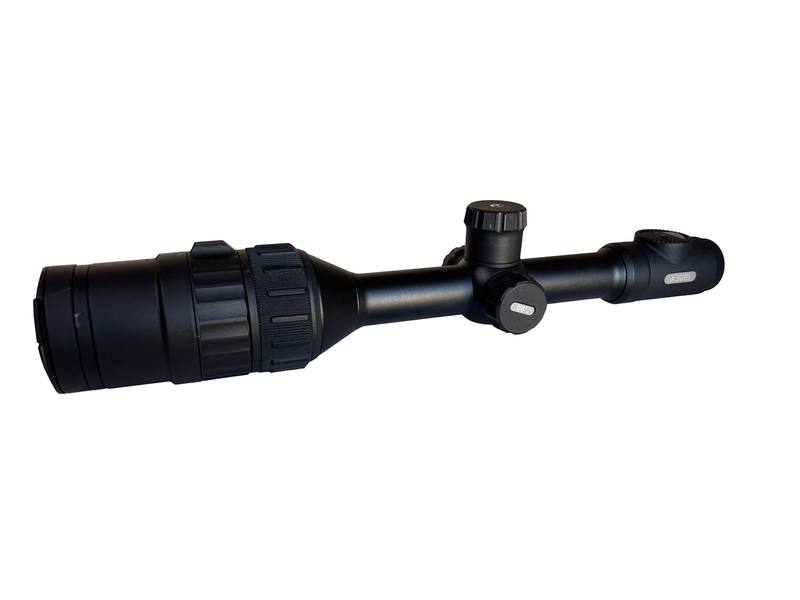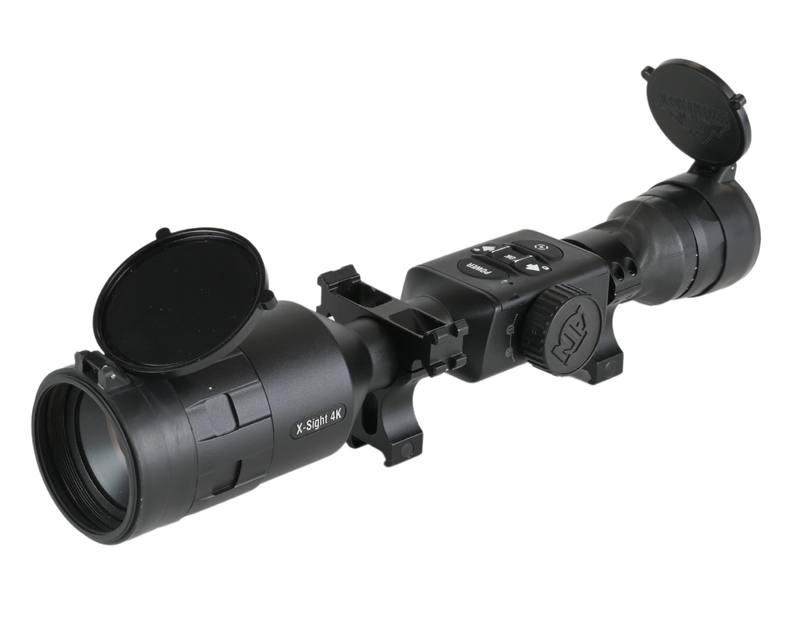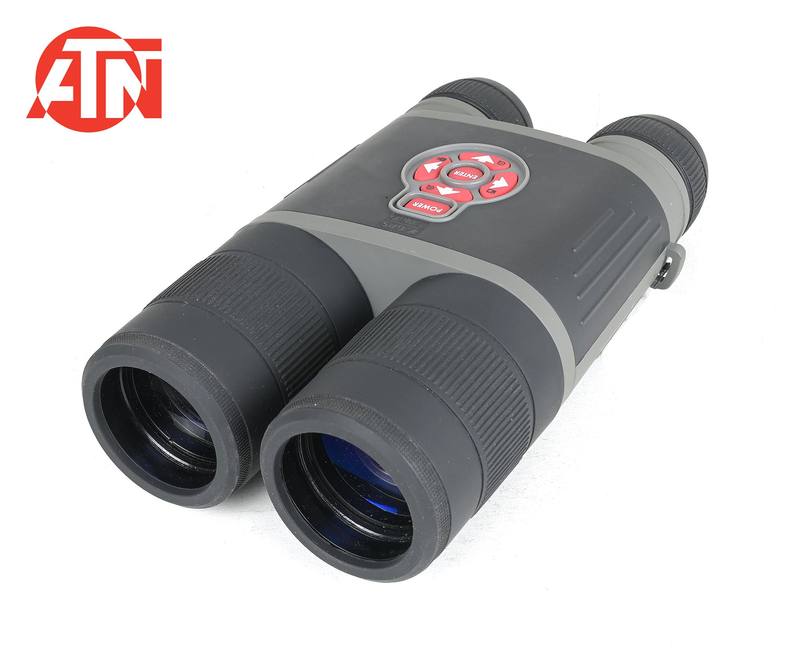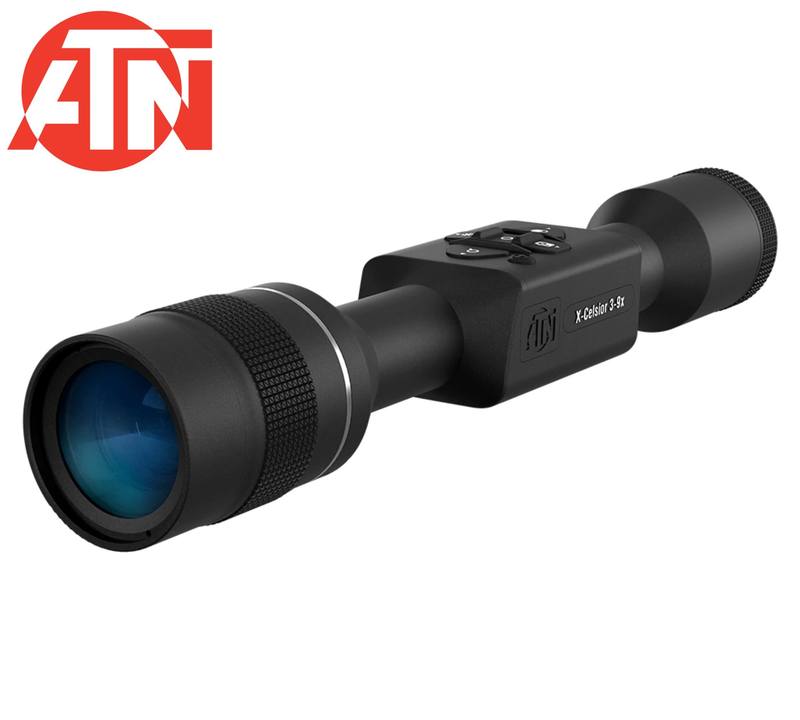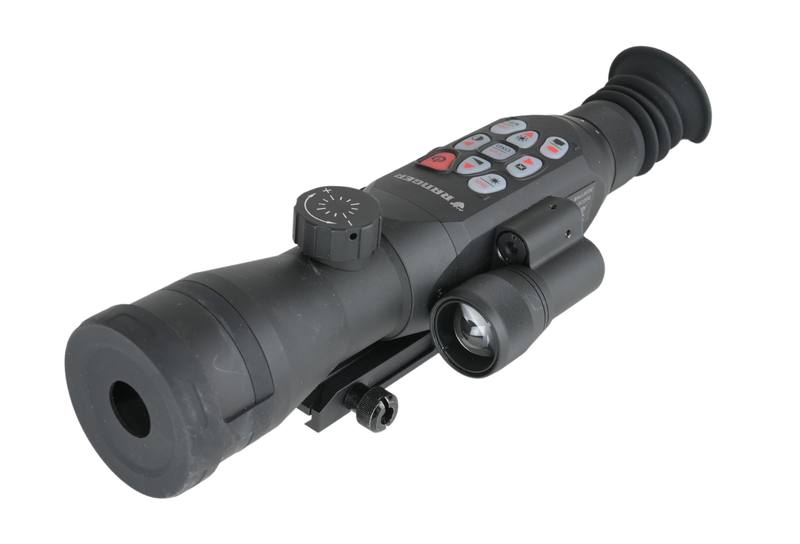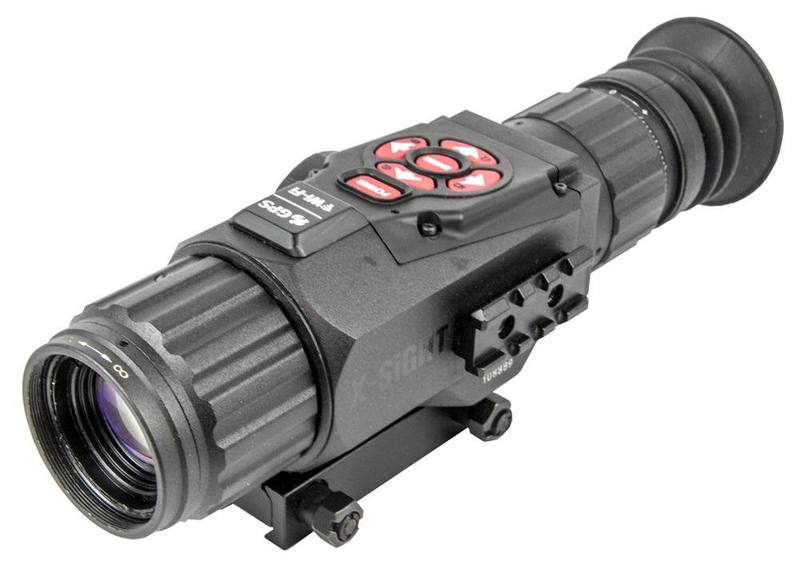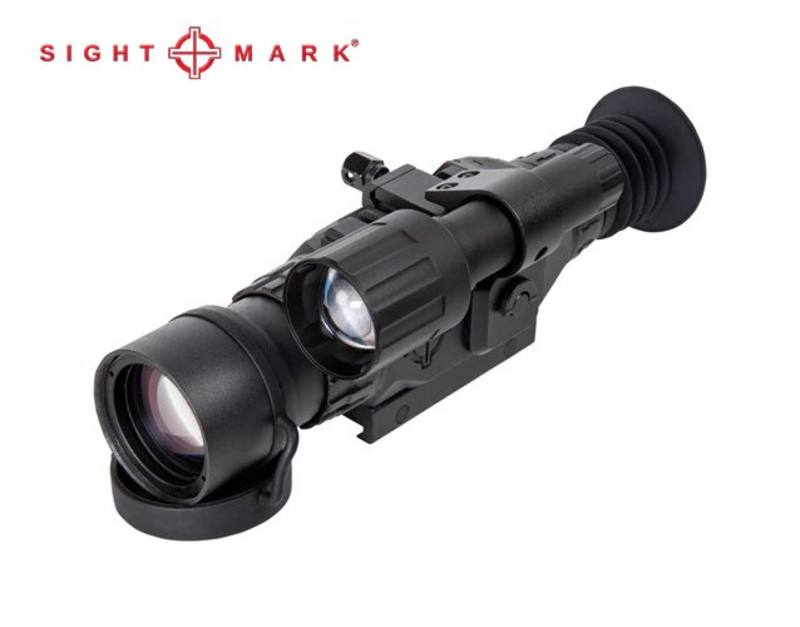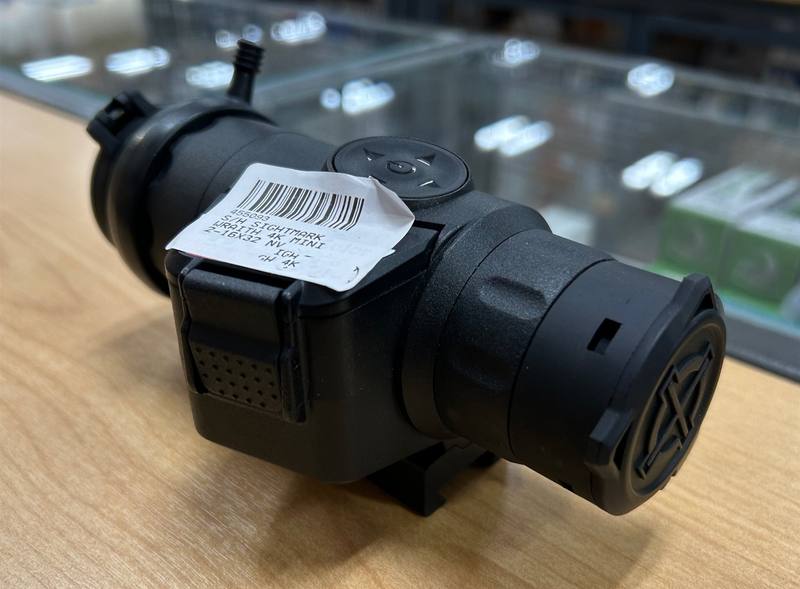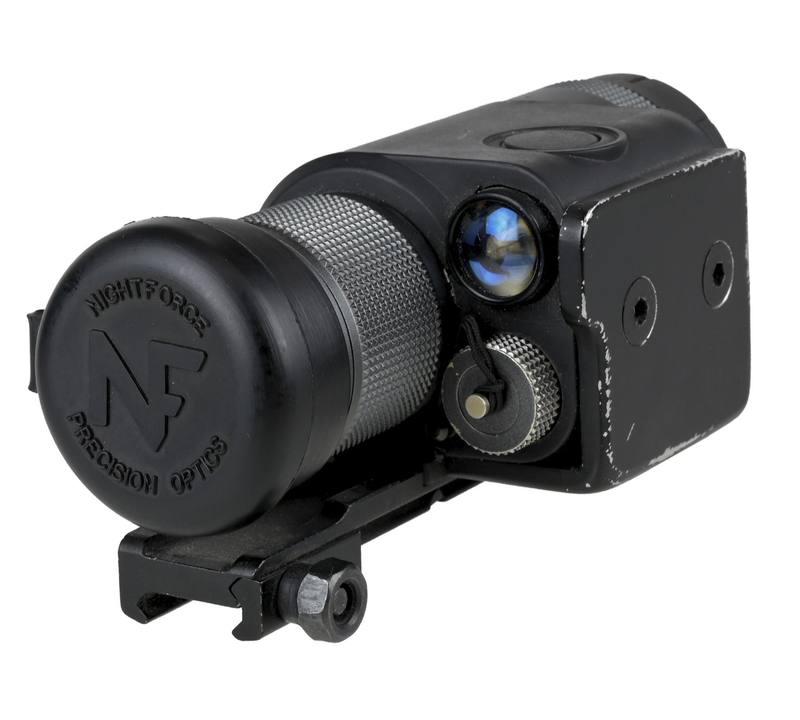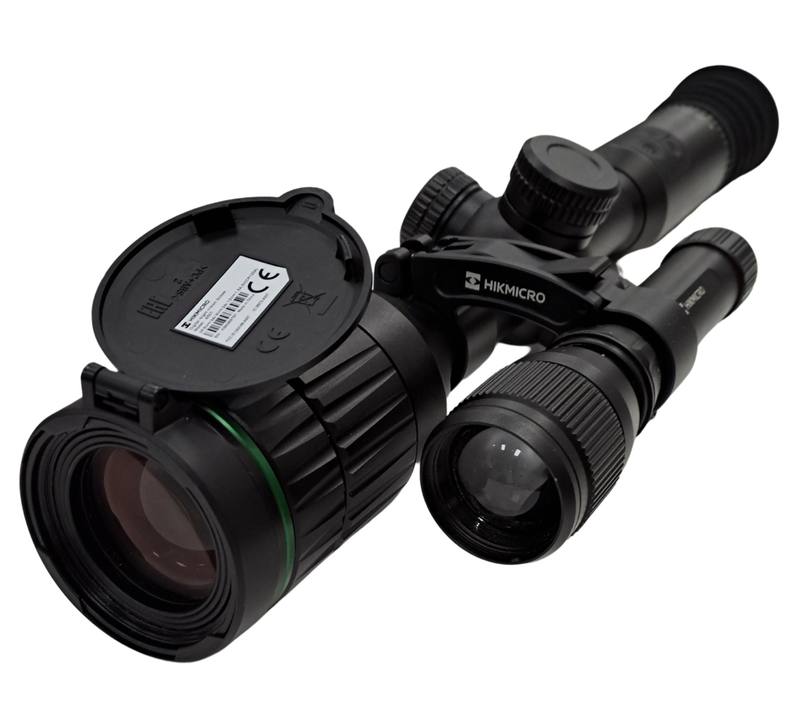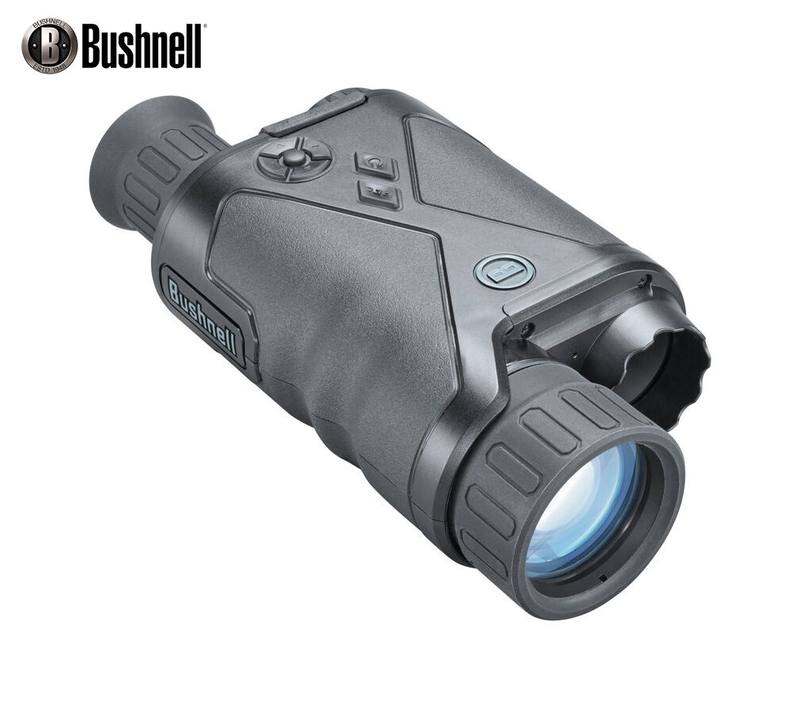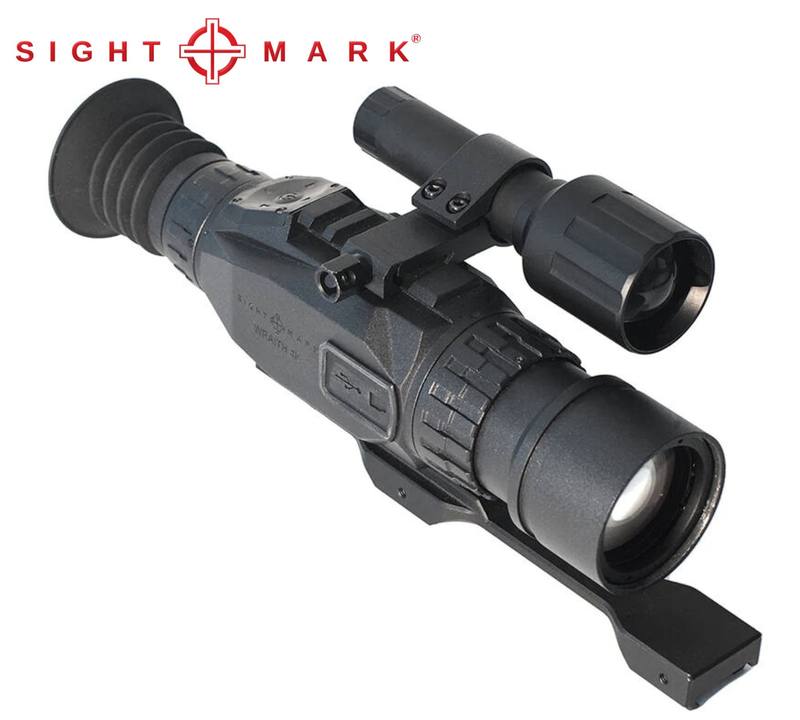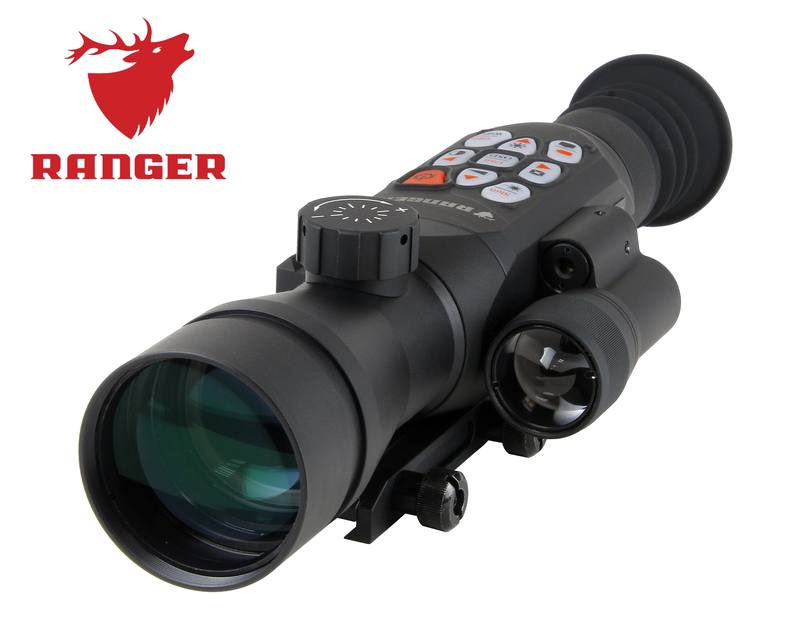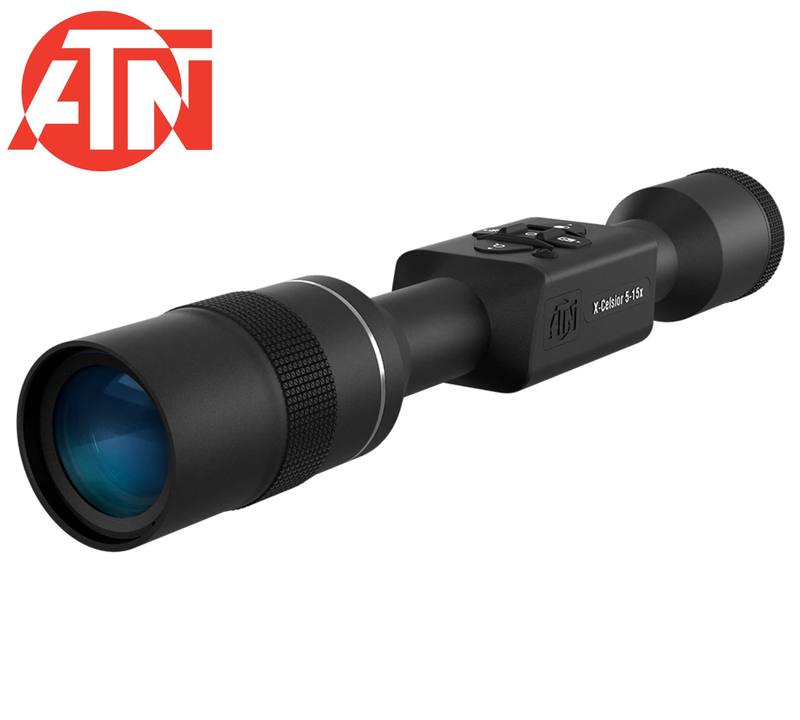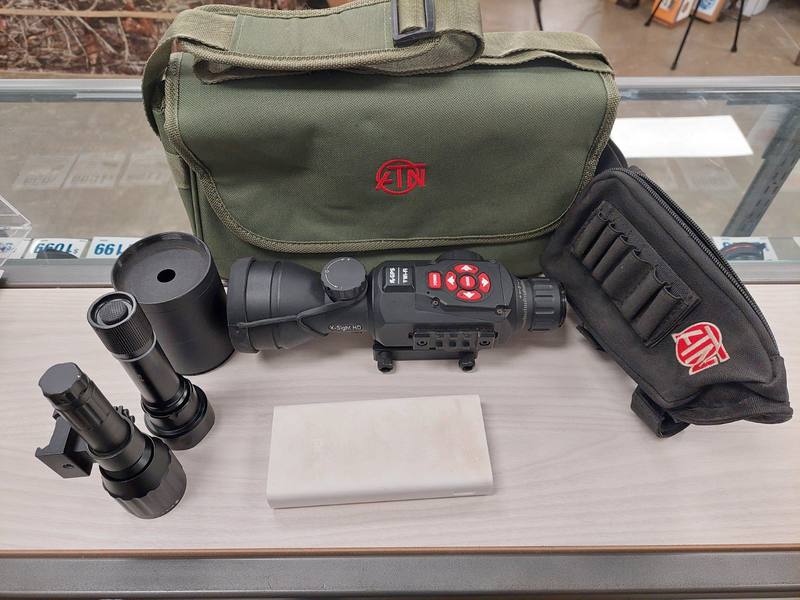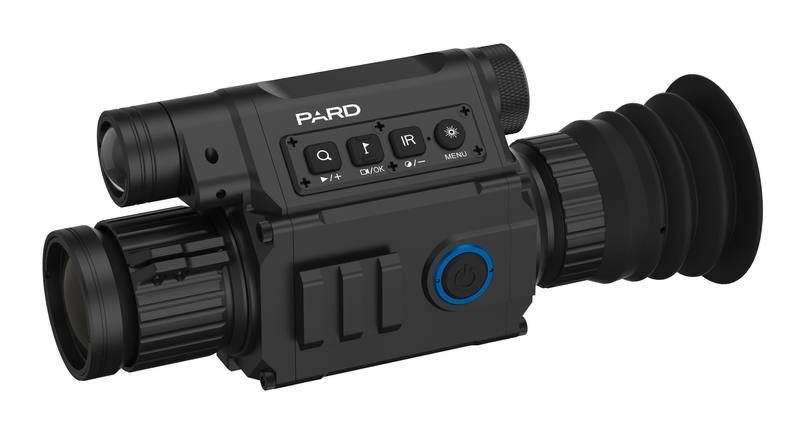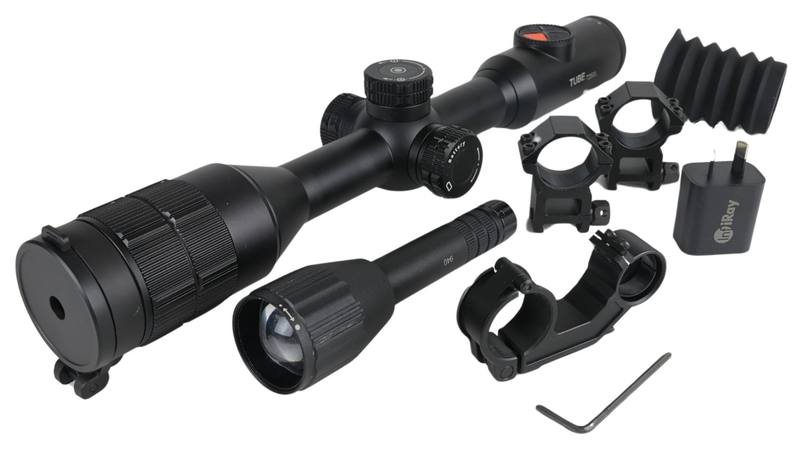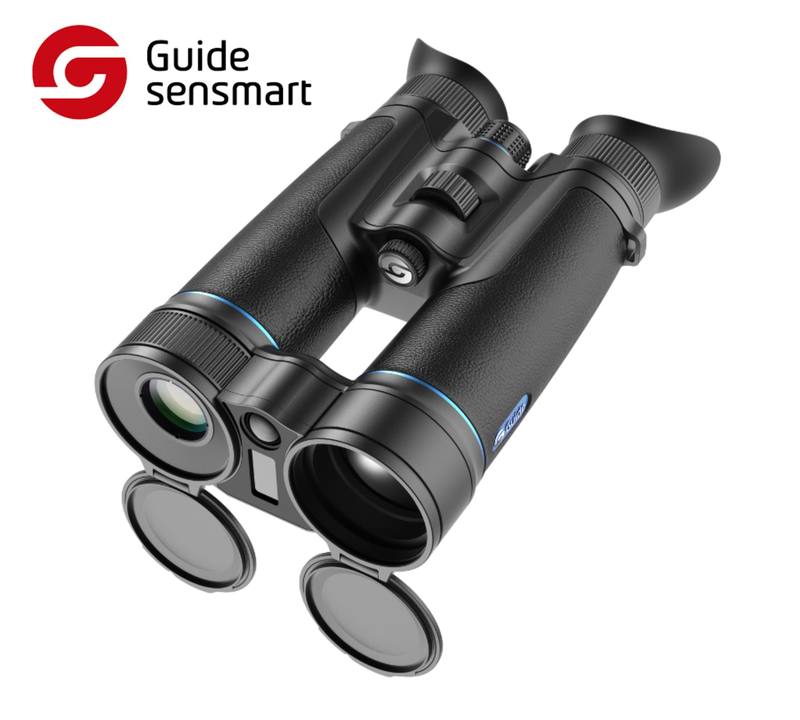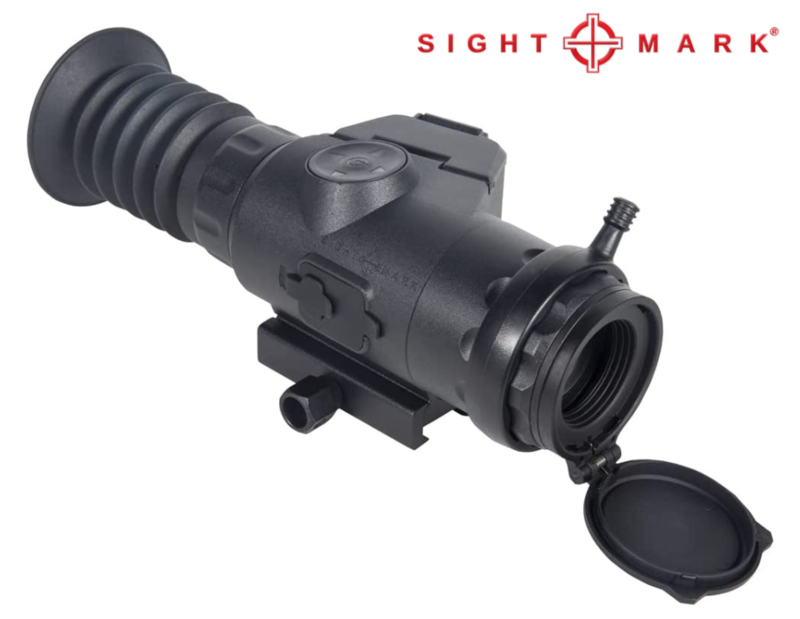When considering buying Night Vision, our visitors often ask:
What is a night vision optic?
Night vision optics are devices that use image intensification technology to amplify ambient light, allowing users to see in low-light conditions or even complete darkness. These optics collect and amplify existing light, such as moonlight or starlight, to create a visible image.
Night vision optics come in various forms, including:
1. Night vision scopes: Attachable to firearms, these scopes enable shooters to aim and shoot accurately in low-light conditions. They are popular among hunters and tactical professionals for night time hunting and operations.
2. Night vision binoculars: Offering magnified vision in both eyes, these binoculars provide users with improved depth perception and field of view in low-light environments. They are popular among outdoor enthusiasts, wildlife observers, and surveillance teams for night time observation and reconnaissance.
3. Night vision monoculars: Providing magnified vision in one eye, these monoculars offer users improved depth perception and field of view in low-light conditions. They are favoured by outdoor enthusiasts, wildlife observers, and surveillance teams for night time observation and reconnaissance tasks.
4. Night vision goggles: Binocular-like devices worn on the head, these goggles allow users to see in the dark while keeping their hands free. They are commonly used by military personnel and law enforcement agencies for night time operations.
5. Night vision cameras: Used for surveillance and security purposes, these cameras capture images or video in low-light conditions, providing enhanced visibility for monitoring and recording.
Overall, night vision optics are essential tools for hunters, individuals and professionals who need to see clearly in the dark, catering for a wide range of applications, from recreational activities like hunting, security, or tactical operations.
How long will the battery last in a night vision scope?
Battery life is very important question, and is usually one of the first questions asked. The battery life of a night vision scope can vary depending on factors such as the type of batteries used, the power consumption of the device, and the specific features and settings in use. Typically, night vision scopes utilize either disposable batteries such as AA or CR123A which can be found in the Sightmark Wraith 4K night vision scope) or rechargeable built-in batteries (such as a lithium-ion pack APS5 which is found in the Pulsar Digex C50 night vision scope).
Disposable batteries may last anywhere from a few hours to several dozen hours, depending on factors like the intensity of the infrared illuminator, the brightness of the display, and the frequency of use. Rechargeable batteries generally offer longer usage times and can be more cost-effective in the long run, though they may require more frequent recharging. Some Pulsar models quote up to 10 hours of battery life on a single charge.
For specific battery life estimates, it's best to consult the manufacturer's specifications for the particular night vision scope model you're considering. Additionally, factors such as temperature, usage patterns, and battery age can also impact battery life. It's a good idea to carry spare batteries when using a night vision scope for extended periods or in remote locations where recharging may not be feasible.
How far can a night vision scope see?
The distance a night vision scope can see depends on several factors, including its generation, optical specifications, ambient light conditions, and the size and contrast of the target. Generally, higher generation night vision scopes offer better image quality and longer viewing distances compared to lower generation models. Gen 3 and Gen 4 scopes, for example, can typically see targets at distances of over several hundred meters in optimal conditions. However, factors like atmospheric conditions, terrain, and available ambient light can affect actual viewing distances. Additionally, the size and contrast of the target play a significant role; larger and more contrasting objects are easier to detect at greater distances than smaller or less visible targets.
Is night vision legal in New Zealand?
Yes, night vision is legal in NZ.
Are night vision goggles legal in NZ?
Yes, night vision scopes, monoculars and googles are legal in New Zealand.
I’m not sure which night vision devices to purchase?
Explore our comprehensive night vision buying guide here. If you're still unsure about which optic device to choose, don't hesitate to reach out to us by visiting one of our nationwide stores, via phone, email or use our online chat. Our expert team at Gun City stores is dedicated to assisting you in finding the best night vision optic tailored to your needs.
What is better, night vision or thermal?
Deciding between night vision and thermal imaging depends on your specific needs and preferences. Night vision technology, while generally more budget-friendly, may offer slightly lower image quality compared to thermal imaging. However, it's effective for short to medium-range observation and is widely used in various applications.
On the other hand, thermal imaging provides advanced capabilities, especially in low-light or no-light conditions. It detects heat signatures emitted by objects, animals, or people, making it highly effective for tracking targets or observing in complete darkness. Thermal imaging tends to be more expensive but offers superior performance, particularly for long-range detection and in adverse weather conditions.
Ultimately, the choice between night vision and thermal imaging depends on factors such as intended use, budget, and environmental conditions. It's recommended to assess your specific requirements and consult with experts to determine which technology best suits your needs.
What is cheaper night vision or thermal?
Night vision technology is generally cheaper than thermal imaging. Night vision devices use image intensification technology to amplify ambient light, allowing users to see in low-light conditions. These devices are widely available and come in various forms, including goggles, scopes, and cameras, at relatively affordable prices.
In contrast, thermal imaging technology detects heat signatures emitted by objects, animals, or people, providing visibility even in complete darkness. Thermal imaging devices tend to be more expensive due to the complexity of their technology and their effectiveness in diverse conditions.
While night vision may be more budget-friendly, it's essential to consider the specific features and capabilities required for your intended use when deciding between the two technologies.
How long do night vision scopes last?
For hunters considering a night vision scope, it's essential to note that lifespan varies based on quality, usage, and maintenance. While most scopes offer around 2,000 to 5,000 hours of use, premium models with advanced features can last even longer, surpassing 10,000 hours. Factors like exposure to extreme weather conditions and proper upkeep play crucial roles in determining lifespan. Following manufacturer guidelines for storage, cleaning, and maintenance, such as storing the scope in a dry area and avoiding direct sunlight exposure, can significantly prolong its longevity. With proper care, your night vision scope will reliably serve you for many hunting seasons to come.
What is an IR Illuminator and do I need one for my night vision scope?
An IR (Infrared) illuminator emits invisible light detectable by night vision equipment, enhancing visibility in low-light or no-light conditions. Whether you need one for your night vision scope depends on factors such as ambient light levels, target identification needs, terrain, and personal preferences. In extremely dark environments or situations requiring long-range observation, an IR illuminator can extend the scope's effective range and improve target recognition. Ultimately, it's a valuable addition if you frequently operate in low-light conditions, offering enhanced clarity and detail for your night vision device.
What generations of Night Vison are there?
Night vision technology has evolved through several generations, each marked by advancements in image clarity, resolution, and sensitivity. Here's an overview:
1. First Generation Night Vision (Gen 1):
- Introduced in the 1960s during the Vietnam War.
- Relied on ambient light amplification, including moonlight and starlight.
- Produced low-resolution images with noticeable distortion and "snow."
- Generally the most affordable and widely available.
2. Second Generation Night Vision (Gen 2):
- Developed in the late 1970s to 1980s.
- Utilized a micro-channel plate (MCP) to amplify light.
- Offered improved image quality and clarity compared to Gen 1.
- Reduced distortion and provided better performance in low-light conditions.
- Often more expensive than Gen 1 devices.
3. Third Generation Night Vision (Gen 3):
- Introduced in the 1990s.
- Employed gallium arsenide (GaAs) photocathodes, which increased sensitivity.
- Offered enhanced performance in low-light conditions, including clearer images at greater distances.
- Provided longer service life compared to previous generations.
- Typically the most expensive due to advanced technology and military-grade construction.
4. Fourth Generation (Gen 4):
- Sometimes considered an extension of Gen 3 rather than a distinct generation.
- May incorporate filmless technology, further reducing halo effects and increasing resolution.
- Offers improved performance in extremely low-light conditions.
- Typically used in advanced military applications.
5. Digital Night Vision:
- Not a distinct generation but represents a different approach to night vision technology.
- Utilizes digital sensors and image processing algorithms to capture and enhance images.
- Offers features like recording, image capture, and display customization.
- Can vary widely in performance and price depending on the quality of sensors and processing.
Each generation represents a significant advancement in night vision technology, with improvements in image quality, sensitivity, reliability, and functionality.
What is white night vision?
"White" night vision is a mode available in some digital night vision systems where images are displayed in grayscale or black and white, as opposed to the traditional green tint. It offers users an alternative colour scheme for viewing scenes in low-light conditions, potentially making the imagery more intuitive or easier to interpret, especially for those accustomed to daylight environments. This mode is often selected based on personal preference or the specific requirements of the task or environment, with some digital night vision devices offering the flexibility to switch between different colour modes to suit individual needs.
What is green night vision?
"Green" night vision refers to the predominant colour used in traditional night vision devices, where images are displayed in shades of green. This green hue is a result of the phosphor screens used in these devices, which convert incoming light into visible images. The choice of green is primarily due to the sensitivity of the human eye to this colour range, making it easier for users to perceive details and navigate in low-light conditions. Additionally, green night vision has been found to cause less eye strain and fatigue over prolonged use compared to other colour options. As such, green is the standard colour mode for most night vision equipment, providing users with enhanced visibility and situational awareness in darkness.
Want to discover more from our Night Vison guide? Read more here >
Need more help?
We invite you to visit one of our nationwide stores and our friendly staff will assist you, call us or use our online chat to discuss your specific Night Vision requirements today.
Explore our full selection of Night Vision optics available now.
Some of our Best Night Vision Optics
RRP
RRP
RRP

